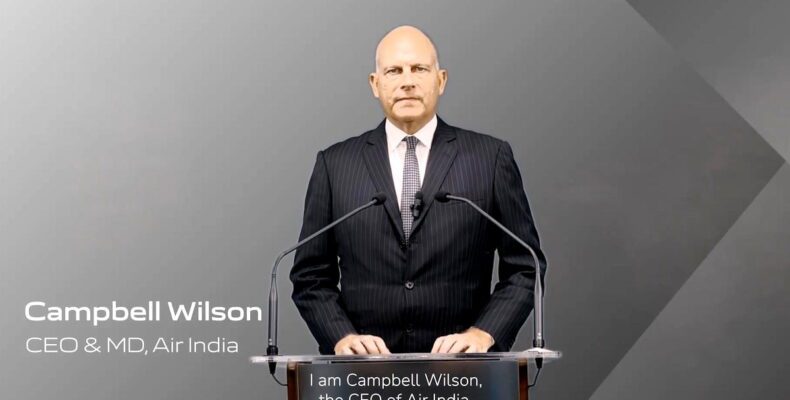Air India CEO’s Controversial Crash Briefing
Yesterday marked a grim chapter in aviation history as an Air India Boeing 787 tragically crashed, leaving at least 290 people dead, both onboard and on the ground. It’s a catastrophic event that we haven’t seen in years, and everyone’s hoping a thorough investigation sheds light on what led to such a disaster to prevent any recurrence.
Amidst the sorrow, something peculiar caught my eye — an observation shared by an earnest reader, DRM, about Air India’s communication strategy during this crisis.
Copycat Crisis Management: A Strategy Lifted
At the time when the tragedy unfolded, Air India’s CEO, Campbell Wilson, was mid-air himself on a flight to Paris. His plane returned to Delhi, ensuring he was on the ground to steer the company’s response and offer guidance.
Given the gravity of the situation, Wilson wasted no time recording a video message addressing the incident. A CEO’s response in such circumstances can immensely influence how the public perceives a company’s crisis handling.
Wilson’s message hit all the right notes — calm, factual, and free of unnecessary speculation.
However, there’s a snag. His address mirrored, almost exactly, the statement made by American Airlines CEO Robert Isom after the American Eagle jet’s unfortunate crash. Really, the resemblance is uncanny. Everything from the sequence, the information given, and even the specific wording was a virtual replica.
The irony? Wilson added in a “good afternoon,” which was, in hindsight, rather darkly humorous given the circumstances. It wasn’t exactly a “good” afternoon for anyone tied to the airline.
It’s tough not to feel like Wilson just took a leaf or rather the whole book out of Isom’s playbook. I suspect many folks in the know might have given a side-eye, wondering if Air India’s CEO simply borrowed Isom’s speech in its entirety, swapping out only the necessary details.
Questioning the Authenticity of the Message
Robert Isom got kudos left, right, and center for his measured handling of the crisis earlier this year. Running a successful airline might not be his forte, but boy, he nailed the messaging aspect.
Inspiration is one thing, but flat-out copy-pasting? Does this borrowing undermine the sincerity of Wilson’s message? After all, if what he’s saying isn’t coming from Air India’s playbook but is rather an impersonation of a successful communication, where’s the authenticity?
It boggles the mind how this scenario unfolded. Big airlines generally have detailed crisis plans, including pre-prepped scripts. There’s a stack of “drills” performed for just these occasions. Wouldn’t a company like Air India have their own blueprint for crisis communications?
Could it be Wilson was just as much in the dark and was handed the script without a clue it was plagiarized? Perhaps some eager beaver on the communications team thought it a clever shortcut. Who knows?
In Conclusion
In a video statement following the tragic crash, Air India’s Campbell Wilson seemed composed and delivered a seemingly appropriate address. The only hitch? It was an echo of something we’ve heard before — verbatim, from American Airlines after a similar mishap earlier in the year.
Your thoughts? Are these video messages eerily similar, or is it just a coincidence?
By the way, if you’re seeking a distraction from all the somberness, why not consider a getaway to the Val Seny ski resort in France? It’s a breathtaking locale that’s sure to offer a refreshing perspective.
